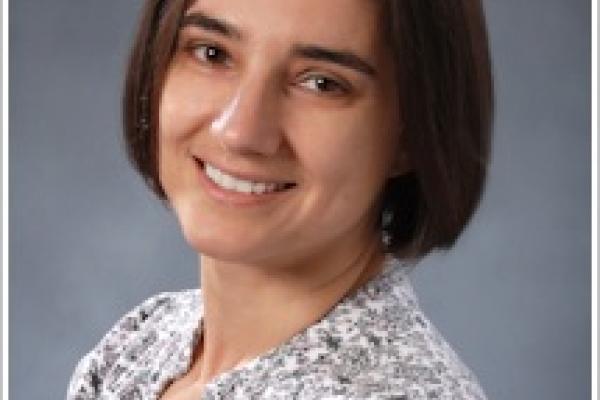
The Biology of 21st century increasingly relies on cross-disciplinary collaboration. My group at Penn State is collaborating with wet-bench biologists to develop and validate predictive models of various biological systems, from the molecular to the ecological level. Over the years we found that discrete dynamic modeling (e.g. Boolean modeling) is very useful in synthesizing qualitative interaction information into a predictive model. The dynamic attractors of these models can be directly related to the real system’s phenotypes and behaviors. We recently developed an efficient method to determine the attractor repertoire of a Boolean model based on an integration of the regulatory network and logic into an expanded network. Specific strongly connected components of this expanded network, called stable motifs, can maintain an associated state regardless of the rest of the network, and thus represent points of no return in the dynamics of the system. Control of (a subset of) these stable motifs can guide the system into a desired attractor. I will illustrate stable motifs and their control on our model of epithelial to mesenchymal transition (the first step toward cancer metastasis). Attractor control can form the foundation of therapeutic strategies on a wide application domain.
